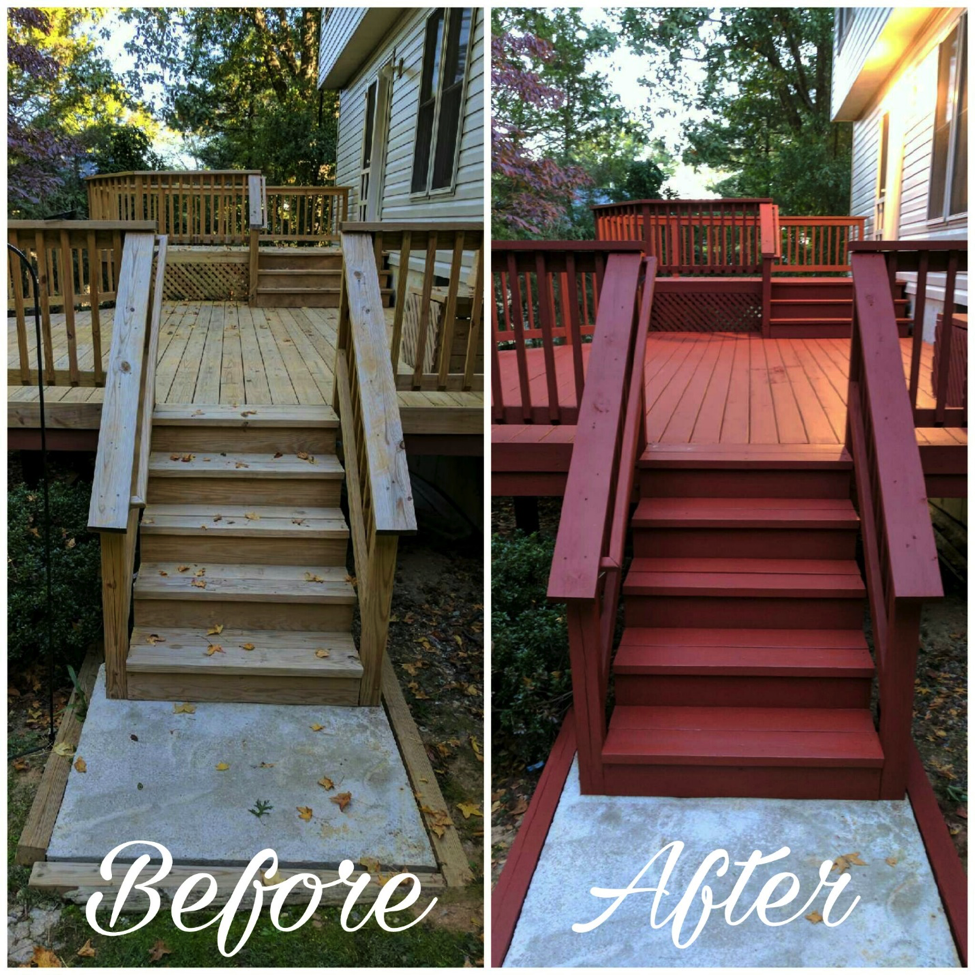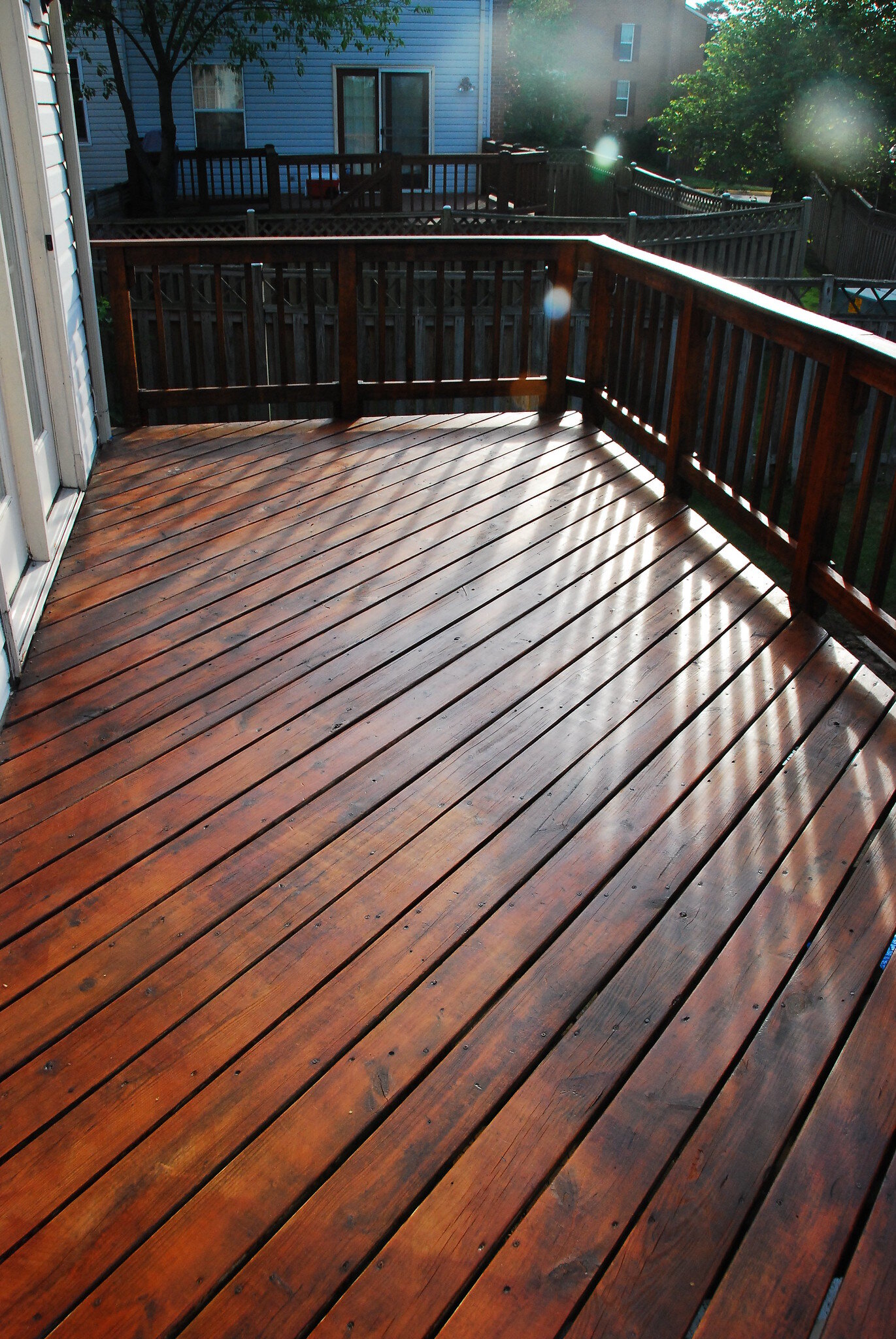Selecting the Right Discoloration for Your Fencing: Tips and Considerations
When it pertains to enhancing the look and keeping of your fencing, choosing the ideal stain is essential. With a vast selection of options offered, it can be overwhelming to establish which stain will best match your demands. This guide will offer you with ideas and factors to consider to help you make a notified choice. We will certainly explore the various types of fence discolorations, variables to think about before picking a tarnish, pointers for preparing your fence for discoloration, and the distinctions between water-based and oil-based spots. In addition, we will certainly delve right into selecting the appropriate tarnish shade to match your fence and improve your exterior room. By complying with these standards, you can guarantee that your fence stays secured and cosmetically pleasing for years to come.
Comprehending Various Types of Fencing Stains

On the other hand, water-based spots are made from acrylic or latex and offer an extra refined color to the wood. They create a safety movie on the surface area of the timber, stopping wetness from permeating in and protecting versus UV damages. Water-based stains are simpler to cleanse up and have a much faster drying out time contrasted to oil-based discolorations. They are additionally less most likely to fade or break over time.
Choosing between oil-based and water-based discolorations relies on various aspects, including individual choice, the desired look, and the degree of maintenance needed. Oil-based spots are advised for fence high-traffic areas or those continuously revealed to extreme climate condition. fence staining and sealing. Water-based discolorations, on the other hand, are a preferred choice for fence household locations where look and simplicity of use are necessary
When selecting the best stain for their fencing,Understanding the differences between water-based and oil-based stains helps house owners make an informed choice. Taking into consideration the particular demands of the fencing, such as its area, exposure to sunshine, and desired aesthetic, will certainly guarantee that the picked stain provides durable defense and boosts the general beauty of the fence.
Aspects to Consider Prior To Picking a Stain

An additional aspect to consider is the sort of wood your fencing is made from. Different kinds of wood absorb stains in a different way, resulting in varying degrees of color intensity and sturdiness. For instance, softwoods like want might need more constant staining contrasted to woods like cedar or redwood. In addition, specific woods may be extra susceptible to problems like rot or insect problem, which might influence the choice of discolor to safeguard and maintain the fence.
The environment and climate condition in your area should additionally be taken right into account. If you reside in an area with extreme wintertimes or high moisture, you may require a stain that provides additional protection against wetness and UV rays. If your fence is revealed to guide sunshine for long periods, a tarnish with UV preventions can assist avoid fading and discoloration.
Finally, it's vital to consider your wanted aesthetic. Different discolorations use numerous colors and surfaces, allowing you to personalize the look of your fence (fence staining and sealing). Think about the total design and style of your home, in addition to any regional guidelines or homeowner from this source association standards that might dictate the appropriate discolor colors
Tips for Readying Your Fencing for Staining
To prepare your fencing for staining, begin by thoroughly cleaning the surface area utilizing a mild cleaning agent and a pressure washing machine or scrub brush. Cleansing the fencing is a crucial step as it gets rid of dust, gunk, and any previous layers that might hinder the discoloration process. Begin by wetting the fencing with water and after that use a mild detergent using a scrub brush or a stress washer with a low-pressure setup. Rub the surface delicately, paying additional focus to areas with stubborn discolorations or mold. Wash the fence completely with clean water to get rid of all traces of detergent.
This step is critical as staining a moist or damp surface area can lead to bad attachment and an irregular finish. Make sure that the fence is totally dry before continuing with the discoloration process.
Prior to discoloration, check the fencing for any kind of problems, such as loose boards or nails. Fix any kind of problems to guarantee that the fencing is structurally sound. In addition, consider applying a timber conditioner or brightener to the surface area. This product helps to open up the timber pores, permitting the tarnish to penetrate a lot more efficiently and equally.

Comparing Oil-Based and Water-Based Spots
When selecting a discolor for your fence, it is very important to contrast the features and benefits of water-based and oil-based stains. Both kinds of stains have their own benefits and factors to consider, so it is vital to understand the distinctions between them.
Oil-based spots are understood for their longevity and resistance to tear and use. They pass through deeply right into the timber, supplying excellent protection versus the elements. They likewise improve the all-natural beauty of the wood by highlighting its grain and structure. In addition, oil-based spots have a tendency to last longer than water-based spots, making them a popular option for fences.
On the various other hand, water-based spots are extra ecologically pleasant and much easier to cleanse up. They may not provide the exact same level of protection as oil-based stains, particularly in severe weather conditions.
Eventually, the choice between oil-based and water-based spots depends upon your particular demands and preferences. When making your choice, take into consideration variables such as toughness, ecological impact, and ease of application. Consulting with a professional or looking for recommendations from experts can additionally help ensure that you pick the appropriate discolor for your fencing.
Choosing the Right Spot Color for Your Fence
The option of a proper stain color for your fencing is a crucial element of enhancing its visual appeal and enhancing the general design of your exterior area (fence staining). The right tarnish shade can transform a plain, regular fencing into a striking focal factor that adds depth and personality to your residential property
When selecting a discolor shade for your fencing, it is essential to think about the design and design of your home. Earthy tones such as browns and neutrals can create a cozy and inviting look if you have a timeless or conventional design home. On the other hand, if you have a modern-day or contemporary home, you may consider deciding for vibrant and vibrant colors that make a declaration.
Another aspect to consider is the natural environments of your home. If you have a great deal of plant, a discolor shade that complements the all-natural landscape, such as greens or deep reds, can produce a unified and natural look.
In addition, it deserves considering the maintenance required for various stain colors. Lighter shades often tend to show dust and wear more quickly, while darker colors can conceal flaws and require less frequent touch-ups.
Eventually, the selection of stain color for your fence must mirror your individual design and preferences - deck staining nashville tn. Put in the time to get in touch with and check out different choices with specialists if required, to guarantee that you select the best stain shade that improves the elegance and appeal of your fencing
Conclusion
In conclusion, when it comes to picking the appropriate discolor for your fencing, it is essential to comprehend the different types of spots readily available and consider variables such as durability and wanted look. Choosing the appropriate tarnish color can enhance the total aesthetic appeals of your fencing.
We will certainly check out the different kinds of fencing stains, aspects to take into consideration before choosing a tarnish, pointers for preparing your fencing for staining, and the distinctions in between oil-based and water-based stains.Setting apart in between oil-based and water-based discolorations is important when recognizing various kinds of fence spots. Water-based stains are much easier to clean up and have a much faster drying time contrasted to oil-based stains. Additionally, oil-based stains often tend to last longer than water-based stains, making them a prominent choice for fencings.
In conclusion, when it comes to selecting the right discolor for your fencing, it is essential to comprehend the different kinds of stains offered and take into consideration aspects such as durability and preferred look.